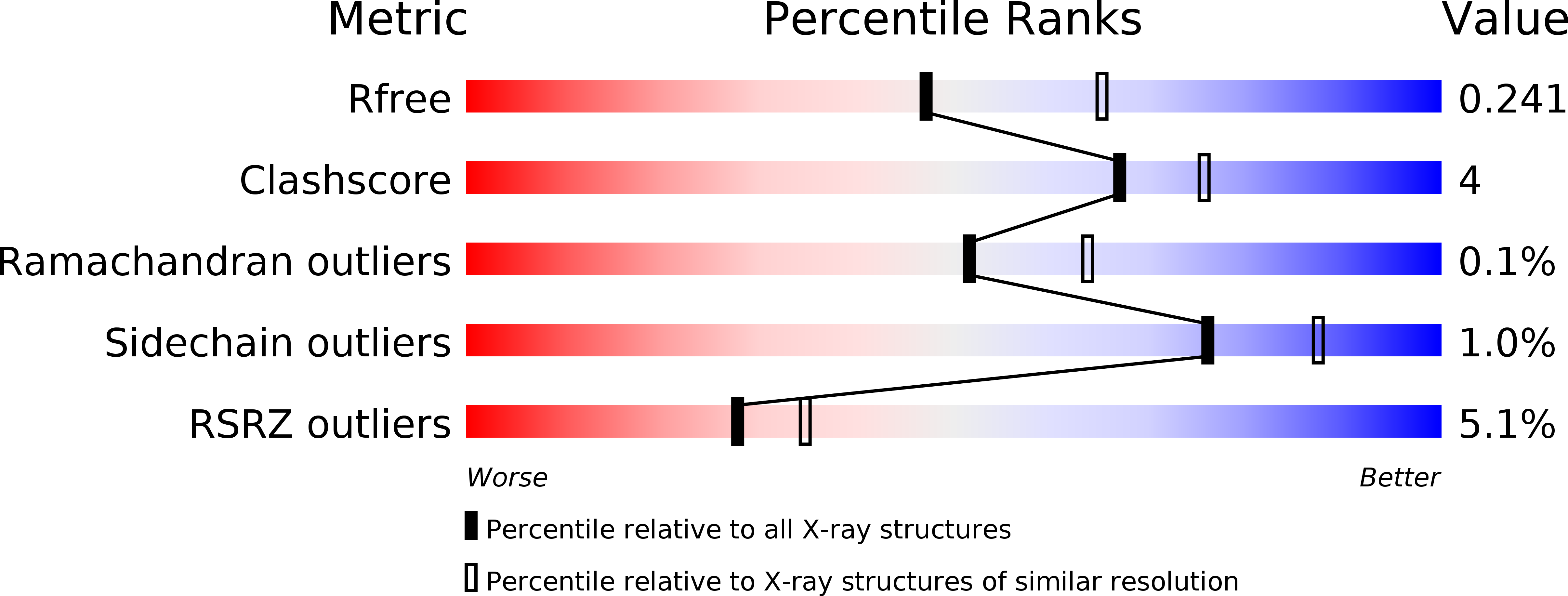
Deposition Date
2012-03-06
Release Date
2012-08-29
Last Version Date
2024-10-23
Entry Detail
PDB ID:
4ALX
Keywords:
Title:
Crystal Structure of Ls-AChBP complexed with the potent nAChR antagonist DHbE
Biological Source:
Source Organism:
LYMNAEA STAGNALIS (Taxon ID: 6523)
Host Organism:
Method Details:
Experimental Method:
Resolution:
2.30 Å
R-Value Free:
0.25
R-Value Work:
0.20
R-Value Observed:
0.20
Space Group:
P 21 21 21


